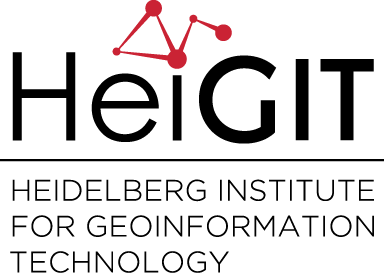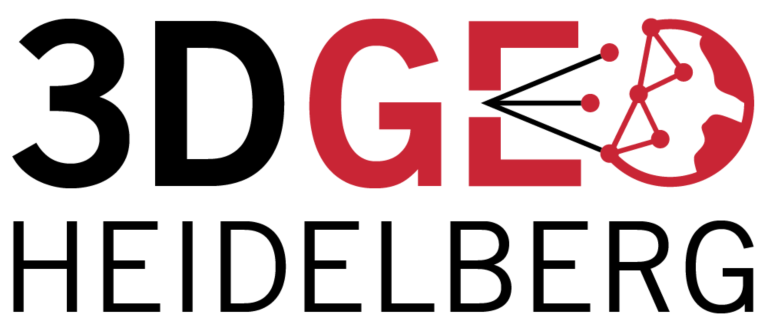Author: GIScience HD
-
Location-based sampling strategies for GPS-triggered electronic diaries
Self-reporting is a well-established approach within the medical and psychological sciences. In order to avoid recall bias, i.e. past events being remembered inaccurately, the reports can be filled out on a smartphone in real-time and in the natural environment. This is often referred to as ambulatory assessment and the reports are usually triggered at regular…
-
From MappingParty to AtlasFete – GIS me baby one more time – GeoDecember in HD
This December saw several Mapathons in Heidelberg: From mapping wheelchair ramps in Heidelberg on Dec. 3rd, to the first CampusMobil Heidelberg Mapathon on Dec. 6th, to the mapathon for supporting earthquake management in Kyrgyzstan. The final opportunity will be the 2nd CampusMobil Mapathon on Thursday, Dec. 15th starting at 18.00pm. Location: Berliner Straße 48, Heidelberg…
-
I know where you have been last weekend
Bowling! 😉
-
Invitation: Colloquium Talk by Jun.-Prof. Sven Lautenbach on Trade-offs Between Land use and Ecosystem Services
We cordially invite all interested to our forthcoming talk in the GIScience colloquium next Monday, December 12, about quantifying trade-offs between land use and ecosystem services. Jun.-Prof. Sven Lautenbach will provide an overview of methods to assess the different environmental goods and services produced by land systems. Policy makers are in want of such information to…
-
Mapping ramps on the ocassion of the UN International Day of Persons with Disabilities at Heidelberg
On Saturday 3rd December 2016 the CAP4Access team from GIScience group of Heidelberg university led a Wheelmap mapping event on the ocassion of the United Nations International Day of Persons with Disabilities (IDPD) at Heidelberg. Wheelmap.org is a map for finding wheelchair accessible places and it is run by one of our CAP4Access project partners,…
-
Kicking-Off: 2 new projects in DFG priority programme “VGIscience”
Recently we attended the Kick-Off Meeting of the DFG Priority Programme “VGiscience” in Würzburg, in which we are involved through two projects. René Westerholt presented these projects to the audience of all interdisciplinary collaborators. The principal aim of this very first meeting was to explore potential cross-project collaborations, and to outline an envisaged upcoming summer…
-
3D Cultural Heritage book chapter on MayaArch3D
Recently a book chapter on some of our work in the MayaArch3D project on “Structuring Archaeological Data to Deliver Interactive, Transparent 3D Reconstructions in a 3D WebGIS” has been published in the edited book “3D Research Challenges in Cultural Heritage II”. Creating 3D reconstructions is a common approach today in archaeology and cultural heritage. The…
-
MapSwipe2HOT_Tasking_Manager is OSM_Wiki “Image of the Week”
This week’s “OSM Wiki “Image of the Week”” shows two maps from our efforts to use MapSwipe data for defining and prioritising OSM Hot Tasking Manager tasks. We appreciate the recognition 🙂 The workflow and respective tools have been introduced recently and are based on the “Heidelberg Process“, that lead to the development of MapSwipe…
-
Results of study “Direct derivation of maize plant and crop height from low-cost time-of-flight camera measurements” published
In agriculture, information about the spatial distribution of crop height is valuable for applications such as biomass and yield estimation, or increasing field work efficiency in terms of fertilizing, applying pesticides, irrigation, etc. Established methods for capturing crop height often comprise restrictions in terms of cost and time efficiency, flexibility, and temporal and spatial resolution…


